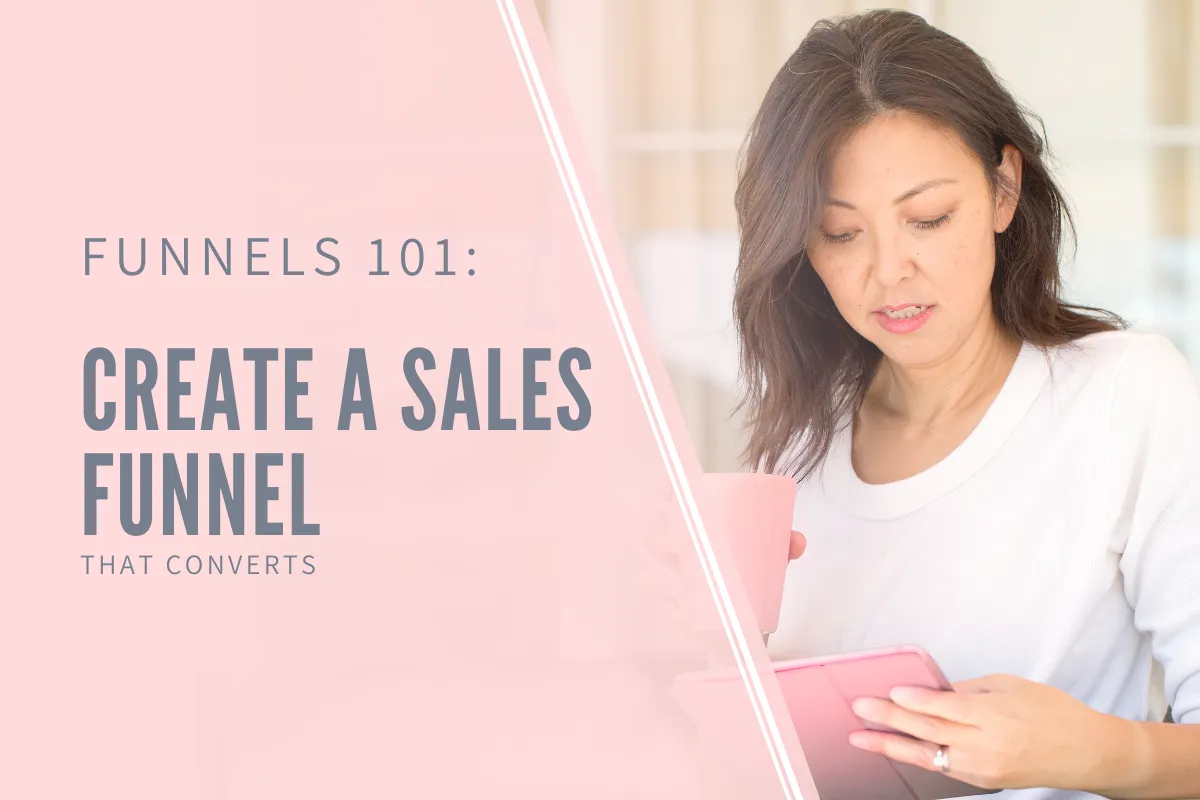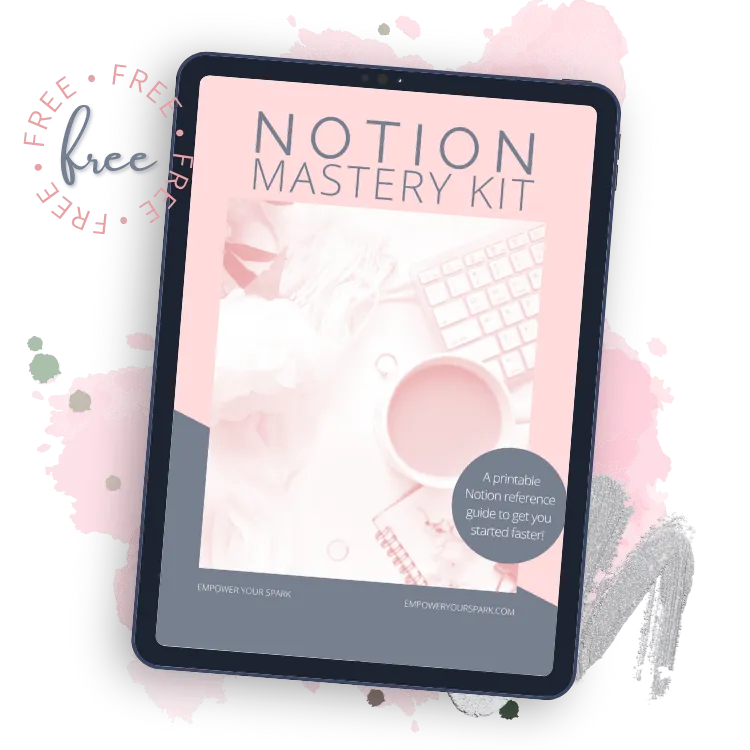
Funnels 101: How to Create a Sales Funnel That Converts
A sales funnel is one of the most powerful tools in online business, yet it’s often misunderstood. Many entrepreneurs struggle to create an effective funnel because they either overcomplicate the process or fail to structure it in a way that nurtures their audience properly.
The key to a high-converting sales funnel isn’t about flashy tech or aggressive sales tactics—it’s about understanding your customer’s journey and guiding them naturally toward making a purchase.
In this post, we’ll break down what a sales funnel is, the different stages, the essential components, and how to optimize it for better conversions. This isn’t a step-by-step tutorial where you “click here, do that,” but rather a foundational guide to help you build a strategic, effective funnel that works for your business.

Step 1: Understanding What a Sales Funnel Is and Why It Matters
Before we get into the details, let’s start with the basics.
What is a Sales Funnel?
A sales funnel is a structured process that moves potential customers from awareness to purchase. Think of it like a customer journey roadmap—instead of leaving things to chance, you’re intentionally guiding them through each stage of decision-making.
Why Do Sales Funnels Matter?
A well-structured sales funnel can:
☑️ Streamlines marketing efforts – Instead of randomly posting content and hoping for sales, a funnel ensures every step has a purpose.
☑️ Improves conversions – Funnels nurture leads, so by the time they reach the final stage, they’re more likely to buy.
☑️ Automates sales – Once set up, a funnel can work on autopilot, generating leads and making sales while you focus on other areas of your business.
The Psychology Behind Sales Funnels
At its core, an effective sales funnel uses psychological principles to increase trust, reduce friction, and encourage action. Here’s how:
Curiosity: A strong hook grabs attention and gets people interested.
Trust: Providing valuable content and social proof reassures potential customers.
Urgency: Limited-time offers or scarcity tactics motivate action.
With these fundamentals in mind, let’s break down the four key stages of a sales funnel.
Step 2: The 4 Stages of a High-Converting Sales Funnel
Every sales funnel is built around four main stages:
Stage 1: Awareness (Top of Funnel - TOFU)
Goal: Get people to discover your business.
This is the stage where your audience first hears about you. They may find you through:
Social media posts
Blog content
YouTube videos
Paid ads
Word-of-mouth
At this point, your goal isn’t to sell—it’s to grab attention and spark curiosity.
Stage 2. Interest & Engagement (Middle of Funnel - MOFU)
Goal: Build relationships and trust.
Once someone knows you exist, they need a reason to stay engaged. This stage is about nurturing leads with valuable content, such as:
Free resources (PDF guides, webinars, challenges)
Email sequences with educational content
Personalized recommendations based on their needs
This is where leads start to see you as a trusted resource, making them more likely to buy later.

Stage 3. Decision (Bottom of Funnel - BOFU)
Goal: Help potential customers decide to buy.
At this stage, your audience is considering making a purchase but may have doubts or hesitations. Your job is to help them overcome objections by:
Showcasing success stories & testimonials
Offering clear, compelling explanations of your product/service
Addressing FAQs and concerns
This is where you present your offer in a way that feels like the natural next step for them.
Stage 4. Action (Conversion)
Goal: Convert leads into paying customers.
This is the final step where leads either buy your product, book a call, or sign up for your service. Strong calls-to-action (CTAs) and a smooth checkout process are key to closing the sale.
Step 3: The Core Components of a Sales Funnel
A funnel isn’t just about stages—it also requires specific elements to function effectively.
Lead Magnet: Attracting the Right Audience
A lead magnet is a free resource you offer in exchange for an email address. Examples include:
☑️ A PDF checklist
☑️ A free workshop/webinar
☑️ A quiz or assessment
This helps you build an email list of people already interested in what you offer.
Landing Page: The First Conversion Point
A landing page is where visitors sign up for your lead magnet. It should have:
☑️ A clear, benefit-driven headline
☑️ A short explanation of what they’ll get
☑️ A simple, no-distraction layout
Email Nurture Sequence: Building Trust Over Time
Once someone enters your funnel, you need to keep them engaged. An email sequence can:
☑️ Welcome them and set expectations
☑️ Share valuable tips and insights
☑️ Introduce your paid offer naturally

Sales Page: Where You Make the Offer
A sales page is a dedicated page that presents your offer. It should include:
☑️ A clear explanation of what’s included
☑️ The transformation your product/service provides
☑️ Social proof (testimonials, case studies)
Checkout & Upsells: Maximizing Revenue
The final step is ensuring a smooth checkout process. Adding an upsell (a complementary product) can also increase revenue without additional marketing.

Step 4: How to Optimize Your Funnel for Better Conversions
A funnel isn’t something you set up once and forget—you need to refine and improve it over time.
Clear Messaging: Keep It Simple
If your funnel is confusing, people won’t move forward. Ensure every step is clear and purposeful.
Lead Segmentation: Personalize the Experience
Not all leads are the same! You can segment them based on interests so they receive content that’s relevant to them.
Strong Offers: Create a Sense of Urgency
Scarcity and urgency (e.g., “limited-time bonuses” or “enrollment closes soon”) encourage people to take action.
Data Tracking: Monitor and Adjust
Keep an eye on:
☑️ Landing page conversion rates
☑️ Email open & click rates
☑️ Sales page performance
If a part of your funnel isn’t working, tweak it!
Step 5: Common Mistakes to Avoid
Even experienced entrepreneurs can make mistakes when setting up funnels. Watch out for these:
🅧 Overcomplicating the Funnel – Keep it simple. More steps don’t always mean better results.
🅧 Ignoring Follow-Ups – Most sales happen after multiple touchpoints. Stay in touch!
🅧 Weak CTAs – If you don’t clearly tell people what to do next, they won’t do it.
🅧 Neglecting Mobile Optimization – A funnel that doesn’t work on mobile = lost sales.
Final Thoughts
A sales funnel isn’t just a marketing tool—it’s the backbone of your online business.
By understanding how the stages work, how each element fits together, and how to optimize it for conversions, you can create a funnel that turns visitors into loyal customers.
Your next step? Take a look at your existing marketing efforts and see where a funnel could help streamline the process. Whether you’re just starting or refining an existing funnel, a well-designed funnel can transform your business.
Looking for a simple way to create stunning funnels, websites, blogs, and more—all in one place? If you’re ready to streamline your systems and build high-converting funnels without the tech overwhelm, check out FEA Create. It’s an all-in-one platform designed for entrepreneurs who want an easy, effective way to bring their ideas to life.
👉🏿 Click here to start your 14-day free trial and see how it can simplify your business!
_______

_________________
Looking for support on your online business journey?
If you’d love to connect with like-minded entrepreneurs and access valuable resources to help you grow, here are a few ways to get started:
☑️ Explore our free resources – Tools and guides designed to simplify your journey.
☑️ Join our free community – A supportive space to ask questions, share insights, and connect.
☑️ Become an Empowerment Alliance member – Get exclusive training, resources, and ongoing support.
Whatever stage you're at, you don’t have to do it alone—we’re here to help!

